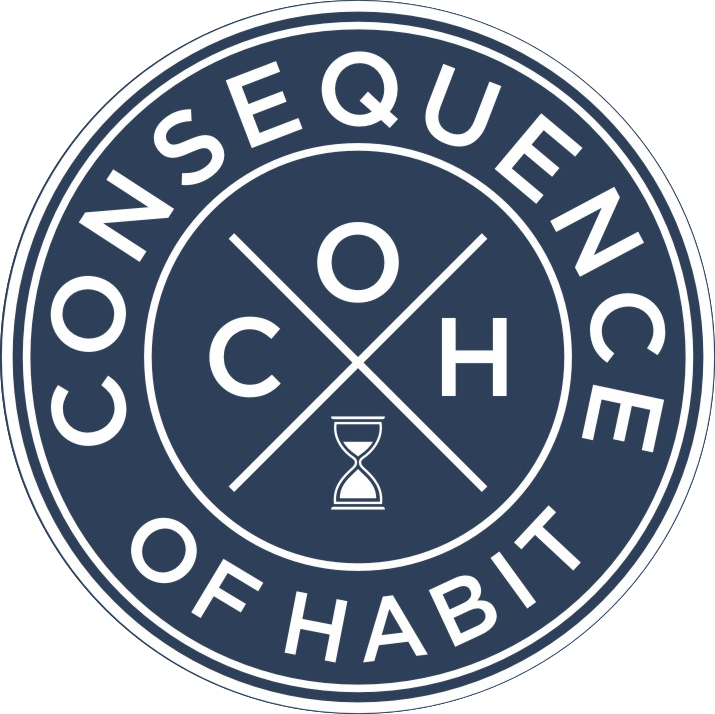
Meditation
Meditation
Meditation
So, you've decided to give meditation a try or you were merely curious and clicked the article, perhaps you are an experienced meditator with years of practice and “just looking”.
Any way you do it...I'm stoked you are here!!!
I hope you find, as I and millions of others have, a benefit to this simple, and profound practice.
Maybe the article and accompanying video will support your new practice or if experienced, perhaps you will learn something new.
Mindful Meditation is an intentional mental exercise in which the user practices focusing on a chosen object of awareness. In mindful meditation practice, this chosen object is quite often the breath, but it could be sound, body sensations, mantras, etc. We learn how to pay attention to the object of awareness and when our thoughts drift, and the mind wanders, we return to the chosen object of awareness. When we pay attention in this way, we are learning to return to, and remain in the present moment. We are learning to anchor ourselves in the here and the now, without judgement.
How to begin? Well, it is important to recognize from the start that “You do not rise to the level of your goals. You fall to the level of your systems.” (James Clear 2020) So, even though your goal might be to start a meditation practice...what is your system going to be?
I would suggest setting a time aside to start, 5 minutes is adequate in the beginning, you might extend this time as you become more comfortable. The morning time seems to be the most popular for many people. Find a place where you will be able to sit undisturbed. Location is not all that important, but considerations of noise and distractions are- particularly in the beginning. It is not important to have the latest and greatest meditation cushion made of organic, buckwheat kernels, and died with Himalayan sea salts either, but if you have one great. I use a regular ole dining room chair. The important thing is- you have a place to sit (or lie down if you choose) which is comfortable and supportive to your practice. This isn’t a suffer festival where we see who can sit the longest in the most uncomfortable postures. With that said, dress comfortable.
Ready to begin?
Set a timer for 5 minutes and maybe move to 10 minutes after a few weeks of consistent, daily practice. Might be useful to have one that gives you an indication of beginning, end and 1 minute remaining.
Sit comfortably- Sit upright, yet not uptight. Feet should be on the floor, head over shoulders, shoulders over hips, shoulders relaxed, hands soft, folded in your lap or perhaps on your legs, palm up / palm down doesn’t matter. Maybe close your eyes or if that isn’t comfortable perhaps shift your gaze downward.
Take three deep and cleansing breaths- Inhaling through the nose, feel the breath travel down into your belly, feel the expansion, really feel the breath, take a slight pause at the top, and then let it all out through the mouth in a long, steady exhalation, again- really focus on the feeling of the breath leaving the body. After three rounds, allow your breath to return to its natural pattern and rhythm.
Bring attention to your body- Feel your feet on the floor, your seat in the chair, your hands, your shoulders, your head. Concentrate on how your body feels and note any tension or discomfort. Perhaps there are areas of tightness that can relax some. Soften the forehead, relax the brow, relax the jaw.
Bring attention to your breath- Find the place where you feel the breath most prominently, perhaps it is at your nostrils, or in the rising and falling of your belly, pick one place where you feel the breath, and stick with it. Now, simply pay attention to the sensations of breathing. Feel the inhalation and feel the exhalation. No need to do anything or change anything. Simply be aware of your breath.
Bring your attention back to the breath- When your thoughts drift, and they will, gently bring your attention back to the breath. Mind wandering is natural, it doesn’t mean that you are doing anything wrong or that you can’t meditate. It means that you like everyone have a “story telling” mind and are used to thinking about things rather than merely feeling and observing. When you can catch your drifting mind and bring it back (with compassion, don’t beat yourself up) you are meditating. This will happen again and again; we simply begin again over and over.
Prepare to end the meditation- With one minute remaining and before inviting any movement into the body, perhaps take a moment to thank yourself for taking the time to practice meditation and do something good for your mental and physical health. Then, when ready, invite any movement you see fit, perhaps moving the fingers and toes, move your hands and feet, sway your core, invite any movement that feels right. With the closing bell, flutter the eyes open or shift your gaze upwards.
How did that feel?
I hope you found it served you well, and without too much frustration.
Please know that this is a long, dutiful art of steadying the mind, and if you were able to sit down, start that timer, and proceeded to practice then you are doing wonderfully.
It is said that the most important time in any meditation is the time when you sit down and commit to it. This is the time that the practice goes from theory or an abstract value to believing in the goodness of it, believing in taking care of yourself, believing in developing your mindfulness and compassion, and action.
Congratulations on taking this time and thank you for allowing me to be of service.
Chris Norris- CoH Meditation and Mindfulness Advisor, October 3rd, 2021

